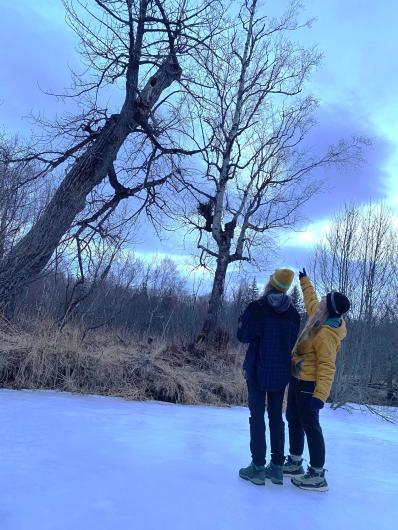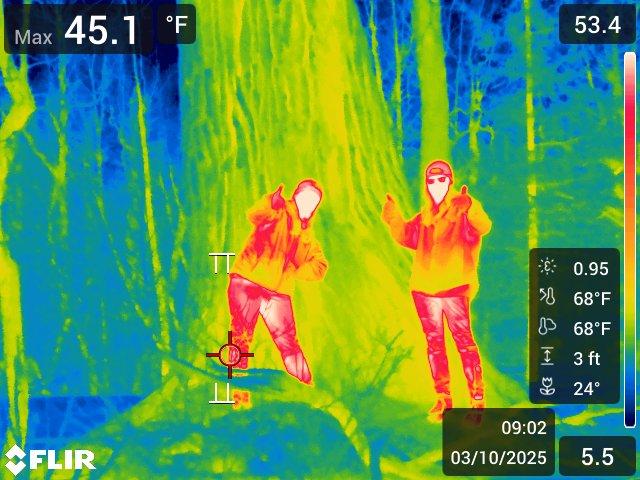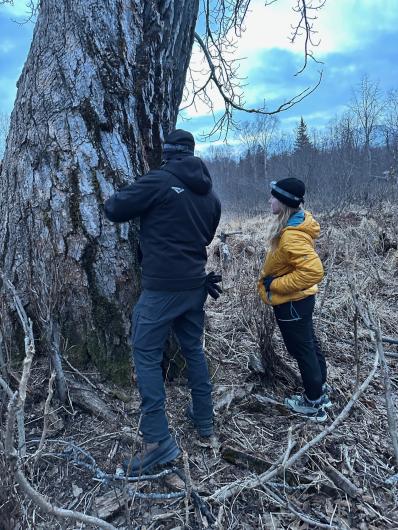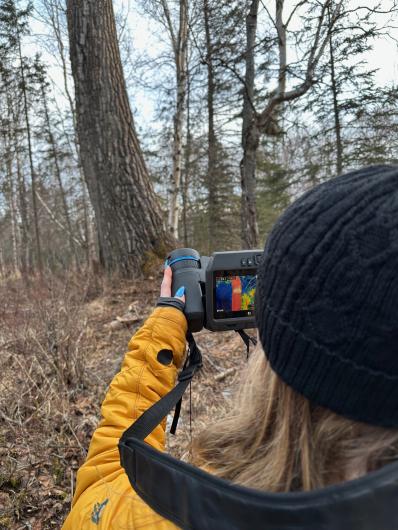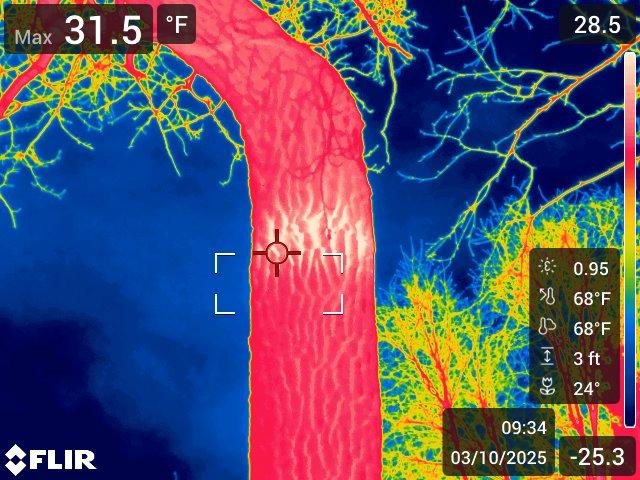Related Stories
- Progress on Public Lands: BLM 2025 Trump Administration Accomplishments | January 20 - December 31, 2025
- Popular posts: BLM's most viewed blogs of 2025
- Using science to uncover mysteries of the Mesa archaeological site in Alaska
- Lake Havasu Fisheries Improvement Program is the gift that keeps giving
- BLM is thankful for public lands volunteers
Office
4700 BLM Road
Anchorage, AK 99507
United States
Phone:
Email:

